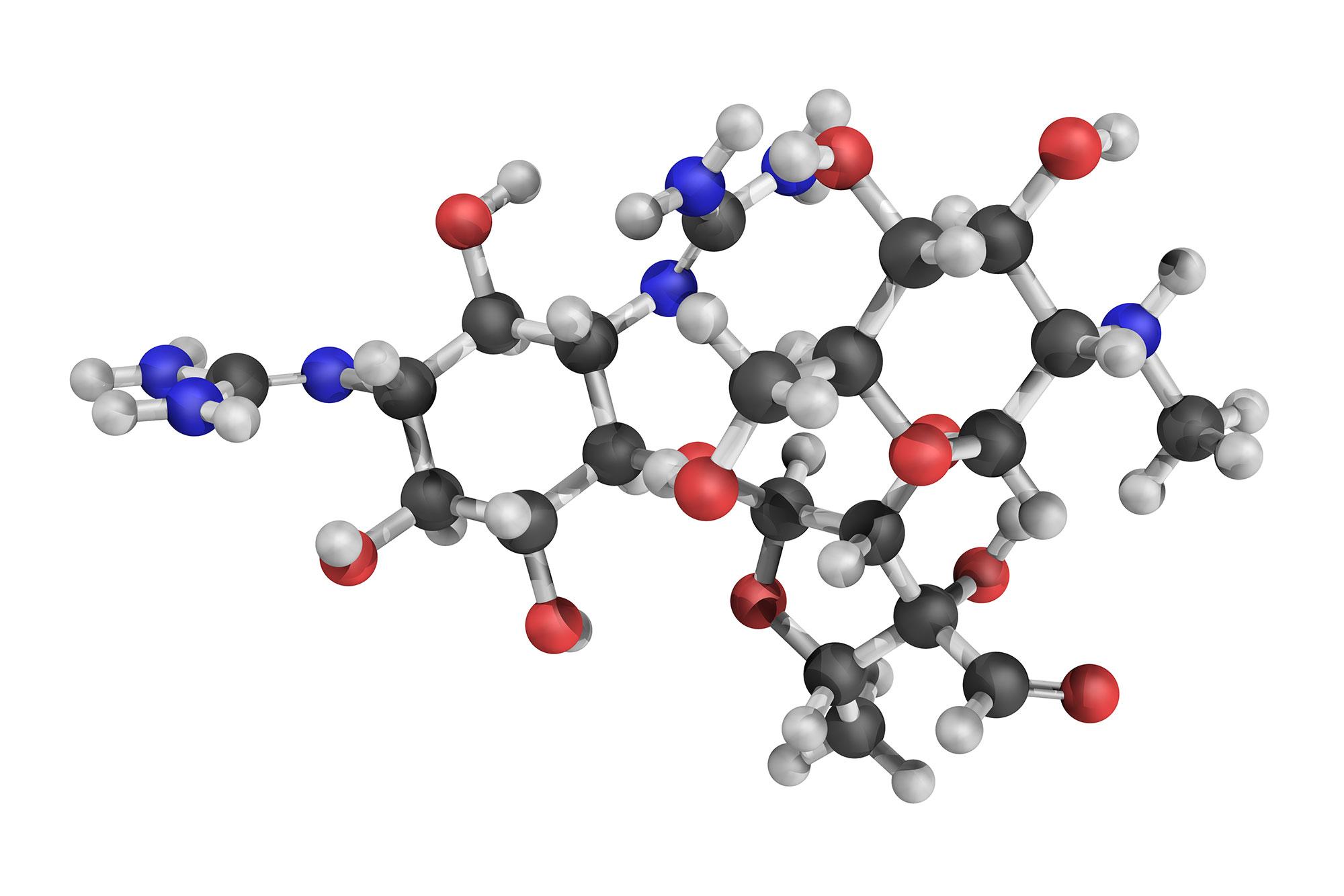Specific advanced development of existing antibiotics

Thanks to new insights into how the molecular structure of antibiotics is linked to their mechanism of action, researchers have been able to identify new, highly promising aminoglycoside antibiotics.
Portrait / project description (completed research project)
Aminoglycoside antibiotics are effective against a large number of bacterial pathogens, including Enterobacteriaceae, Staphylococci and tuberculosis bacteria. They are often the treatment of first choice for severe, life-threatening infections in the hospital setting, despite their sometimes considerable side effects. In recent decades, however, bacteria have become increasingly resistant to these antibiotics.
This is why researchers led by Erik Böttger at the University of Zurich want to develop new aminoglycoside antibiotics. Their aim is to modify the chemical structure of aminoglycosides in such a way as to equip them to overcome existing resistances while at the same time improving their side effects profile. Such specific modifications have only recently become possible thanks to knowledge gained about the complex interactions between the molecular structure of aminoglycosides and their mechanism of action, including those relating to undesirable effects.
Effective against resistant pathogens
As part of an NRP 72 project, the researchers focused on molecular residues that earlier work had identified as starting points for addressing important aminoglycoside resistance mechanisms in bacteria. In the course of their work, Böttger and his team analysed the precise molecular make-up of such a structure and the role it plays in efficacy against Pseudomonas aeruginosa bacteria. Chronic and recurrent Pseudomonas aeruginosa infections are a major problem for patients with cystic fibrosis in particular. In the course of their research, Böttger and his team were able to identify an aminoglycoside derivative that exhibits activity against antibiotic-resistant Pseudomonas aeruginosa. It also produces substantially fewer side effects in animal models.
Hope of potent treatment with fewer side effects
These results raise hopes that a treatment for chronic Pseudomonas aeruginosa infections that causes fewer disabling side effects is within reach, in particular for patients with cystic fibrosis. These in-depth results are also delivering additional important information on the structure-activity relationships of aminoglycosides. As such they provide an important knowledge resource and an innovative framework for the further development of aminoglycoside antibiotics.
August 2022
Original title
Aminoglycoside Drug Development
